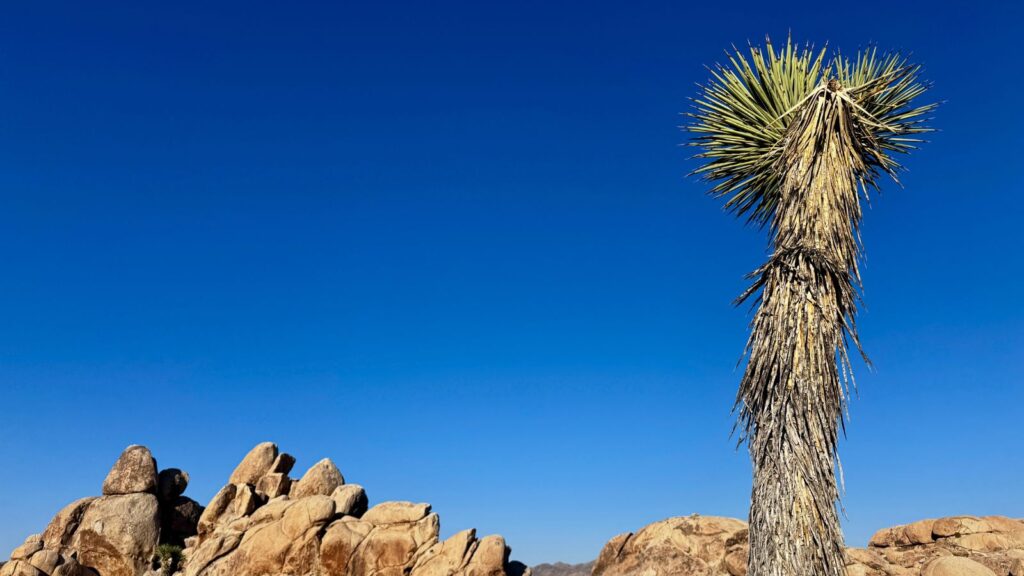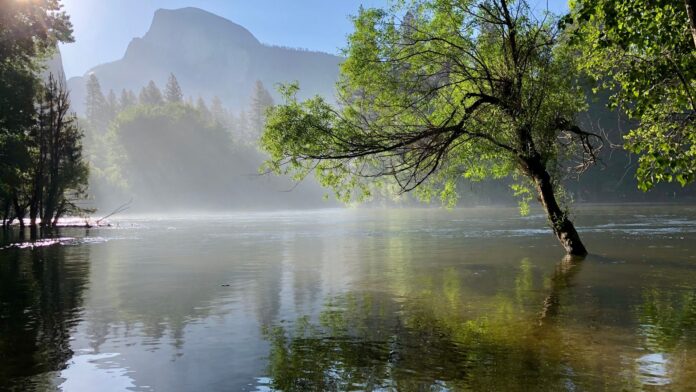Not only does California have the highest number of national parks in the nation, it’s also home to some of the National Park System’s most famous spots. Yosemite’s Half Dome, Sequoia National Park’s colossal General Sherman Tree, and the otherworldly landscapes of Joshua Tree? All part of California’s epic national park lineup.

With recent waves of national park budget cuts, seasonal hiring freezes, and firings and rehirings by the Trump administration, I wanted to understand what park visitors were likely to see at national parks around the state this summer.
I spoke with Bill Wade, executive director of the Association of National Park Rangers, about what park visitors to California’s nine national parks—Channel Islands, Death Valley, Joshua Tree, Sequoia & Kings Canyon parks, Lassen Volcanic, Pinnacles, Redwood, and Yosemite—might expect this summer.
The good news is a better-late-than-never authorization for the National Parks Service to hire up to 7,700 seasonal employees for the summer. Seasonal employees are essential when it comes to meeting summer’s big increase in visitor numbers.
Because hiring was slowed by Trump’s hiring freeze, Wade says “There may be a bit of a delay getting them on onboard by the beginning of the summer, but once they are on duty, the summer should look pretty ‘normal’ to visitors.” Mid- and late-summer visitors will likely see normal wait times at park entrances, clean bathrooms in parks, and the presence of rangers to answer questions and give advice.
But fall and winter visitors may see the effects of permanent workforce cuts. Wade explains that, when seasonal visitors go off duty at the end of summer, parks will have a significantly smaller-than-usual year-round staff to sustain the parks. “The permanent staff of the NPS has been reduced by up to 2,500 with the three buyouts, and there is a hiring freeze so they can’t be replaced. Also there are further ‘reduction in force’ layoffs expected in the next several weeks.”

Summer travel brings the most visitors to California’s national parks, but for my time and money, fall, winter, and spring are the best seasons to visit. For instance, taking a tour of the Keys Ranch in Joshua Tree is a cooler-season offering, and Yosemite’s Firefall is a February-only phenomenon.
Things seem to be ever-changing, but if you’re a national park fan who wants to do more than hope for the best, Wade suggests contacting your elected officials and voicing your support for properly financing and staffing national parks.



